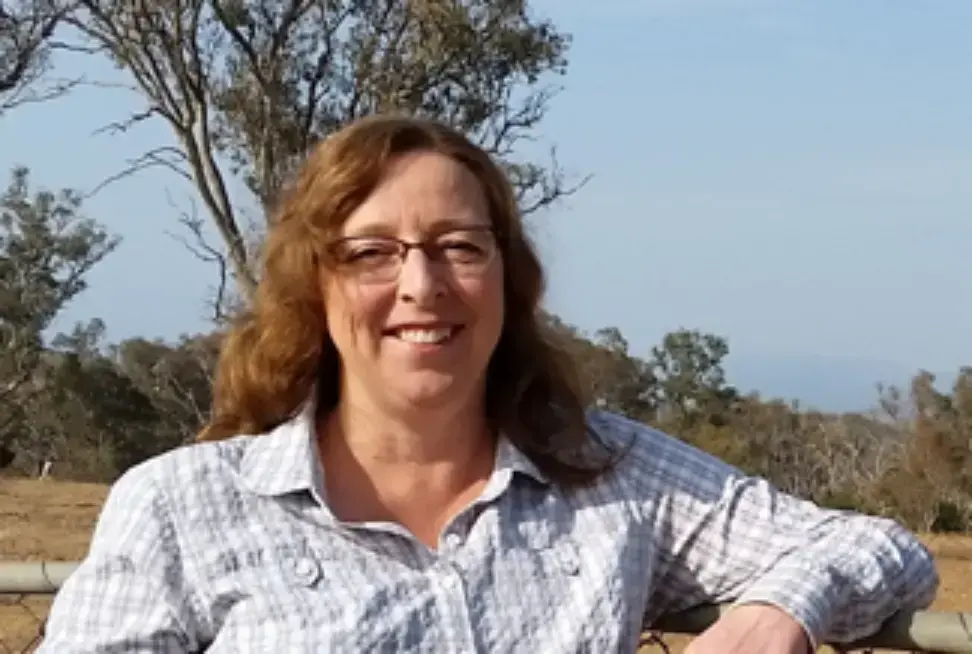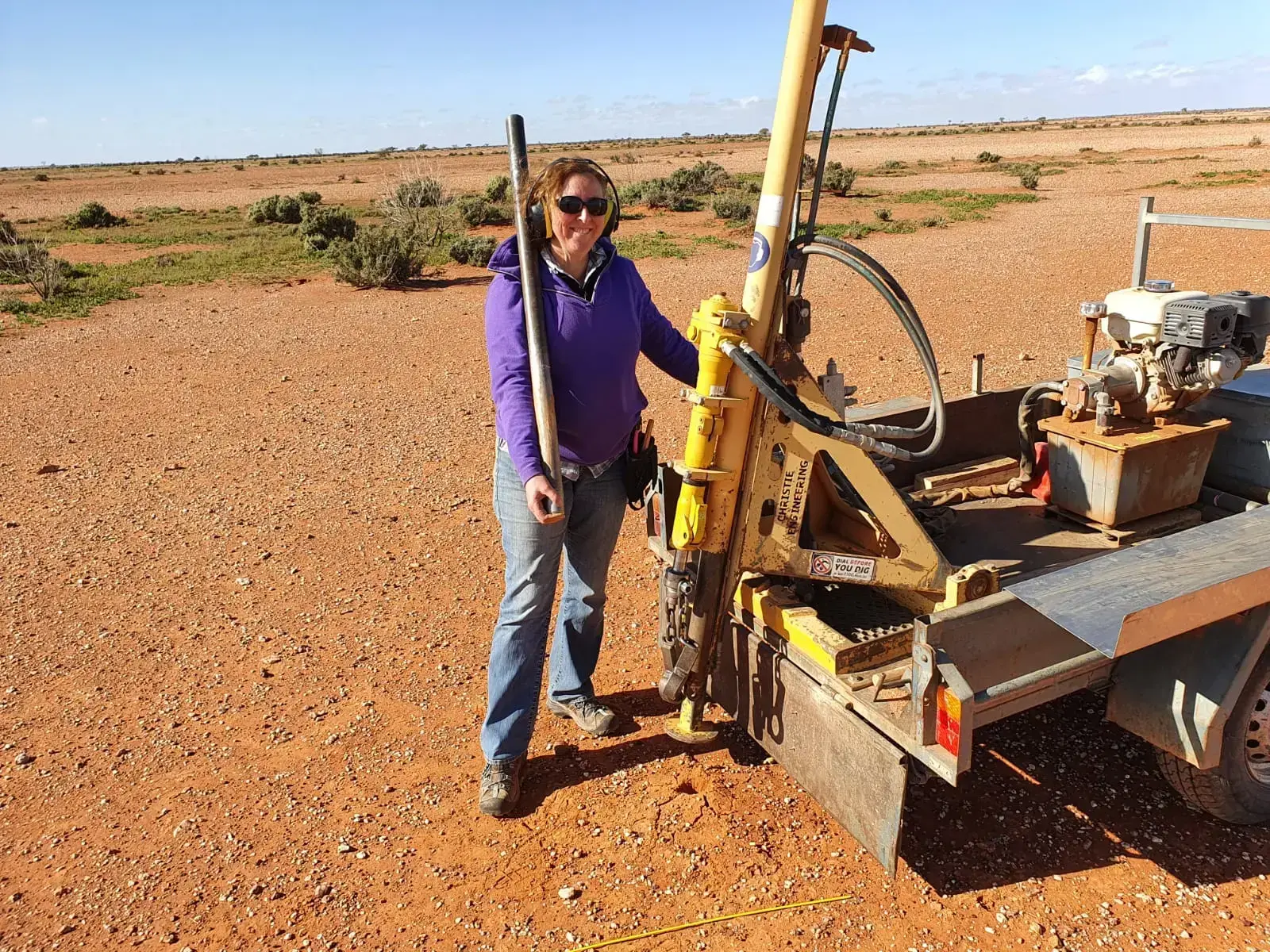Agroecology and what it can do for you!

Agroecology is a unique and valuable lens through which to view the landscape. Inspired by a deep commitment to landscapes and communities, Kirsty Yeates is a passionate agroecologist working towards widespread adoption of regenerative agriculture at Soils For Life. She bridges together research communities, government organisations, not-for-profits and the landholder to improve regenerative approaches and support people in transition.
What exactly is agroecology? Is it different from regenerative agriculture?
Agroecology for me is the ‘science’ behind regen ag. It’s about bringing ecological or systems thinking into agriculture. It’s about the science of complex, self-organising systems.
It’s about understanding how the natural ecosystems work and then thinking how we incorporate those natural processes and functions into a farming production system. It recognises that a farm system is a complex adaptive system. It has its own iterative processes that it responds to, as well as environment and climate.
Often it is not recognised that agroecology in regenerative agriculture draws quite heavily on ecological and environmental sciences. It’s about what we are and how we relate to the land and drawing on these perspectives to think much more holistically about the whole farm system.
What drew you to agroecology?
I have always been interested in our food systems and social structures. I come from a political social science background, but I was thinking much more about our food systems and our landscapes. I was very attracted to the Bachelor of Ecological Agriculture Systems at CSU.
The more I studied, the more I engaged with the regen ag community and farmers more broadly, and the more excited I got about the work that’s happening out there and the opportunity to work with this group of amazing people. I love the complexity that comes from farm systems and how you integrate more effectively natural ecosystem processes and functions. I think it’s a really exciting space and its one that’s got a lot of challenges into the future.

Taking soil cores at Katalpa Station, western NSW
How does an agroecological farm system design work?
Agroecological farm system design is about trying to take a little bit more of a structured approach about how you do things within your farm system to improve ecological functions. It’s really about thinking in systems. Like how energy is captured and flows through the system; photosynthesis, organism growth or how nutrients cycle and water flows.
Then we consider how farmers support and work with those systems to enhance the beneficial relationships within it. Farmers already have so much knowledge about their landscape, so they’re really well placed to understand and think about what is happening. Agroecological farm design works with farmers to try and put in place some of those frameworks and structures, and design a system that works for them and helps to improve the condition and productivity of their system over time.
Where does soil fit into this system?
I think increasingly we are coming to recognise that plants push energy into the soil system. The more biodiverse range of organisms we have, the more opportunity there is to improve soil structure.
For me that incredible life within the soil has many benefits for increasing the resilience for systems around water, like increasing the amount of water that can be stored. The more nutrients and water available encourages growth which gives more energy to everyone. It is also important for carbon sequestration and co-benefits of fertility and health. We know a lot about these processes, but we could be better at quantifying these benefits.
You recently completed work out at Katalpa station. What did you see?
Soils For Life has quite a few case studies in the rangeland environment. The rangelands are a really surprisingly complex ecosystem and it’s a really important part of the agricultural industry. These are environments so remote the farmers have to be really resilient in working with these incredibly harsh but also beautiful landscape.
I visited with a NSW DPI team working on a project called Selecting for Carbon. This is a project about understanding how targeted approaches to grazing and water management can increase soil carbon and ground cover.
At Katalpa, Luke and Sarah Mashford are focused on rangelands rehydration . They combine both grazing management practices with this rehydration technique. It was an exciting opportunity to see these farms firsthand and see how the soil teams are sampling and designing their research to take into account what the farmers think are important. It’s also incredibly exciting to see that science coming together. We’ve got lots more planned for the Rangelands so we’ll be sharing more about that soon.
Do you think the paradigm of agricultural land management is shifting towards regenerative agriculture?
There is a lot more curiosity about regenerative systems at the moment, and I guess agroecology is just one approach to that. I am seeing lots of interest from the work I do with the research and extension community and I think people are wanting to know more about it. There is an opportunity to take a closer look and to understand how some of these processes work and to continue to improve the way that we are farming in this more ecologically-oriented approach.
At the end of the day, climate change and our broader economic system means that farming is a really difficult business, but also so fundamentally important. One of the really important things that regenerative agriculture offers is helping farmers to find a broader range of tools and options, and different ways of thinking about how to farm. The better the range of tools available, the more likely they are to be successful. And there are many farmers doing incredible work.
So there are more people around Australia that are trying these things, there is certainly more interest and demand. Is it a paradigm shift yet? I’d like to think so, I’m not sure its hard to see that until after the fact.

This gilgai in the NSW Rangelands is a small depression in the landscape that captures water and provides a hotspot for life
Finally, what advice would you give to a landholder just starting their Regenerative Agriculture journey? How do you interweave your knowledge of your own land with the other regenerative agriculture knowledge that’s out there?
1. Connect with other farmers. I think farmers just have this knack for talking to each other about what is going on in their systems and questioning and supporting one another. Connect with farmers that are doing things you’re interested in, and there are so many farmers in the regen ag community who are willing to engage and work with others.
2. Get to know your land. Farmers already have a great understanding of their land and a process of observation. That is, seeing how the land is changing over time (whether as a result of rain or drought, fire or flood), but also how it responds to what you do. That watching and observing can highlight patterns.
3. Start! Try something new, whether that’s adding an extra plant into your pasture species mix. If you’re not sure whether somethings worked, run a bit of a trial. If you’re changing practices and want to know how rests work, just exclude cattle from a small part of a paddock and see what happens.
Read more about the Soils For Life team and the work we do in our case study program.





